Researchers found that adolescents treated with the antibiotic doxycycline were ~30% less likely to develop schizophrenia as adults. The findings suggest that targeting brain inflammation could help reduce the future risk of severe mental illness.
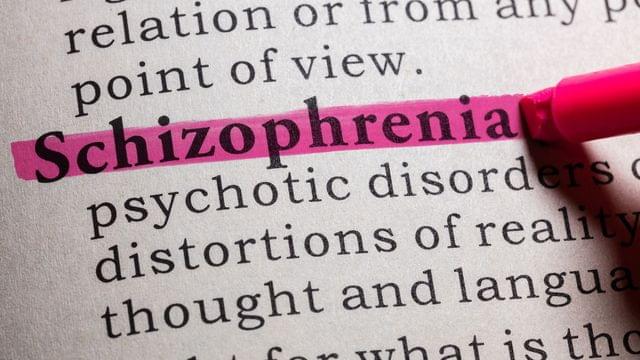

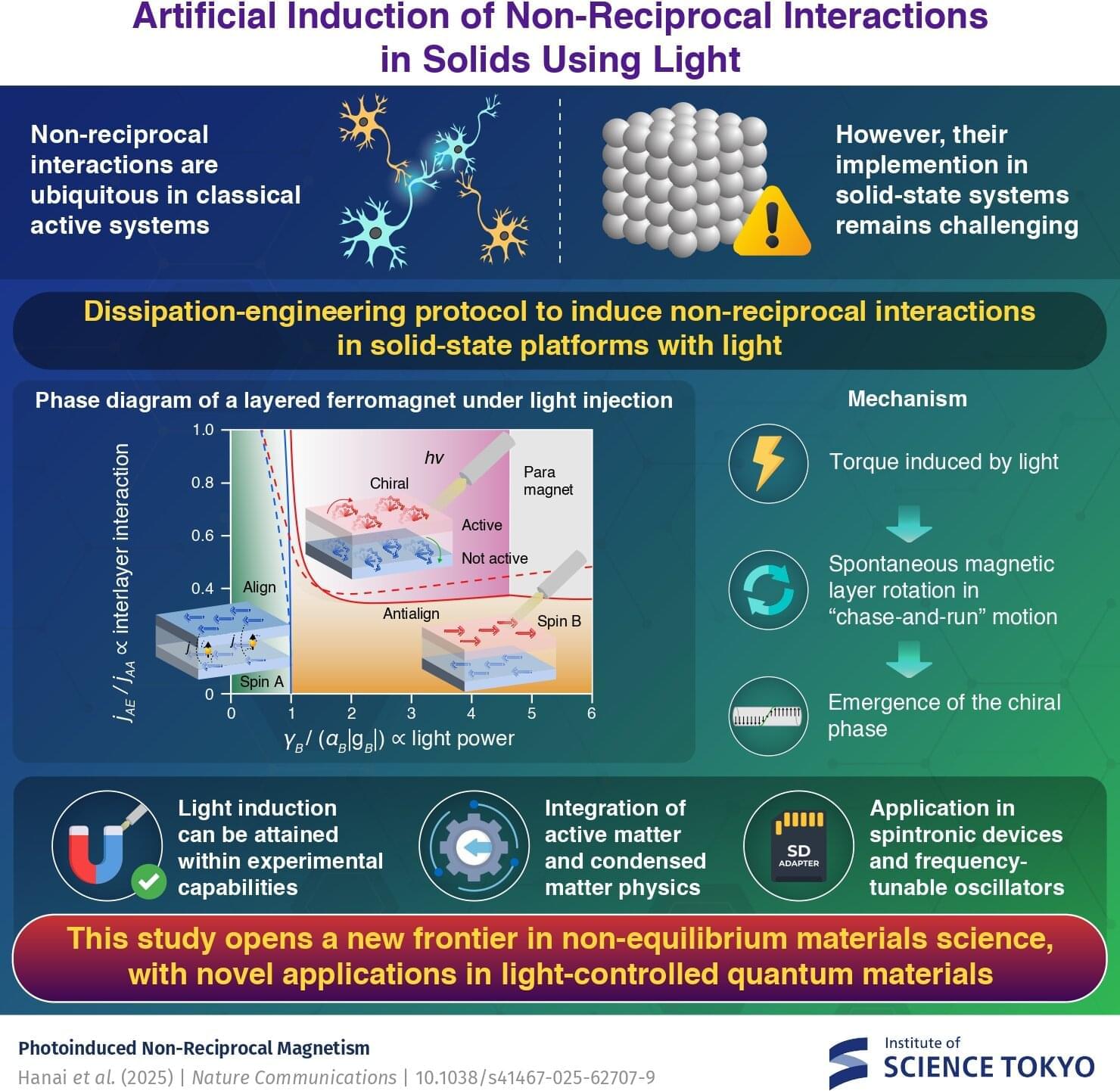
A theoretical framework predicts the emergence of non-reciprocal interactions that effectively violate Newton’s third law in solids using light, report researchers from Japan. They demonstrate that by irradiating light of a carefully tuned frequency onto a magnetic metal, one can induce a torque that drives two magnetic layers into a spontaneous, persistent “chase-and-run” rotation. This work opens a new frontier in non-equilibrium materials science and suggests novel applications in light-controlled quantum materials.
In equilibrium, physical systems obey the law of action and reaction as per the free energy minimization principle. However, in non-equilibrium systems such as biological or active matter—interactions that effectively violate this law—the so-called non-reciprocal interactions are common.
For instance, the brain comprises inhibitory and excitatory neurons that interact non-reciprocally; the interaction between predator and prey is asymmetric, and colloids immersed in an optically active media demonstrate non-reciprocal interactions as well. A natural question arises: Can one implement such non-reciprocal interaction in solid-state electronic systems?
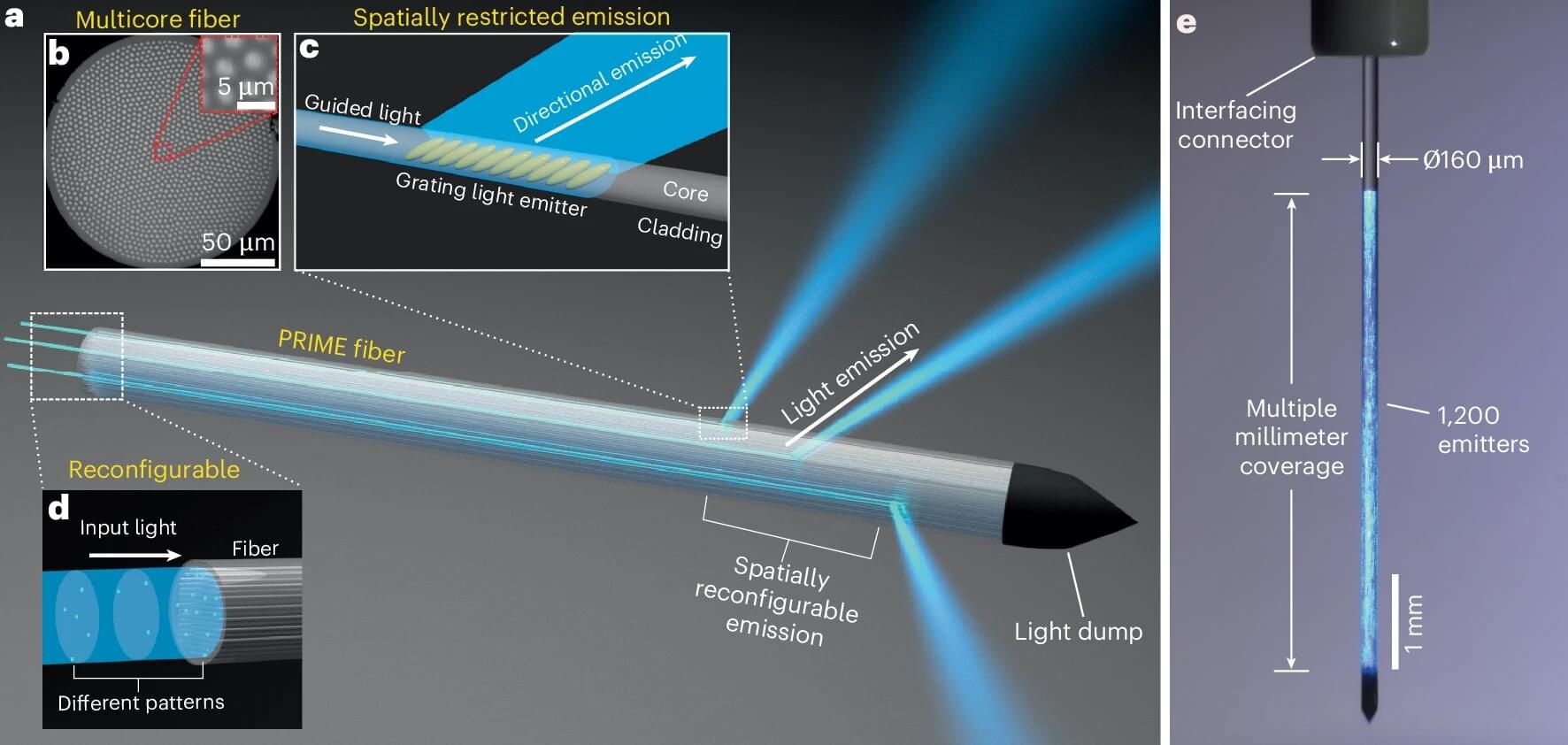
Fiber-optic technology revolutionized the telecommunications industry and may soon do the same for brain research.
A group of researchers from Washington University in St. Louis in both the McKelvey School of Engineering and WashU Medicine have created a new kind of fiber-optic device to manipulate neural activity deep in the brain. The device, called PRIME (Panoramically Reconfigurable IlluMinativE) fiber, delivers multi-site, reconfigurable optical stimulation through a single, hair-thin implant.
“By combining fiber-based techniques with optogenetics, we can achieve deep-brain stimulation at unprecedented scale,” said Song Hu, a professor of biomedical engineering at McKelvey Engineering, who collaborated with the laboratory of Adam Kepecs, a professor of neuroscience and of psychiatry at WashU Medicine.
What happens when the pursuit of perfection forgets compassion?
SCP-191, known as The Cyborg Child, is one of the most haunting examples of speculative bioengineering ever documented. This essay examines the anatomy, psychology, and philosophy of a child transformed into a machine — a being caught between humanity and technology.
In this episode, we explore:
How cybernetic modification redefines the human body.
The science behind hybrid consciousness and neural integration.
The moral cost of evolution without empathy.
What SCP-191 reveals about the posthuman future.

Researchers have discovered a specific set of neurons in the amygdala that can trigger anxiety and social deficits when overactive. By restoring the excitability balance in this brain region, they successfully reversed these symptoms in mice. The results point toward targeted neural therapies for emotional disorders. This finding could reshape how anxiety and depression are treated at the circuit level.

Patients with severe mental illnesses, such as schizophrenia and bipolar disorder, often require long-term use of antipsychotic medications. Some of these drugs, however, can pose potential risks, such as elevated prolactin levels and compromised immune function. Previous studies have relied mostly on small or single-center data, making it difficult to accurately assess the true incidence of rare adverse effects.
Researchers from the LKS Faculty of Medicine at the University of Hong Kong (HKUMed), through multidisciplinary collaboration and rigorous epidemiological methods, leveraged territory-wide data from the Hospital Authority to conduct two internationally impactful studies. The findings were published in the journals World Psychiatry and The Lancet Psychiatry. These discoveries provide solid evidence for drug regulation and clinical practice and establish Hong Kong as a global leader in big data research on psychiatric medication safety.
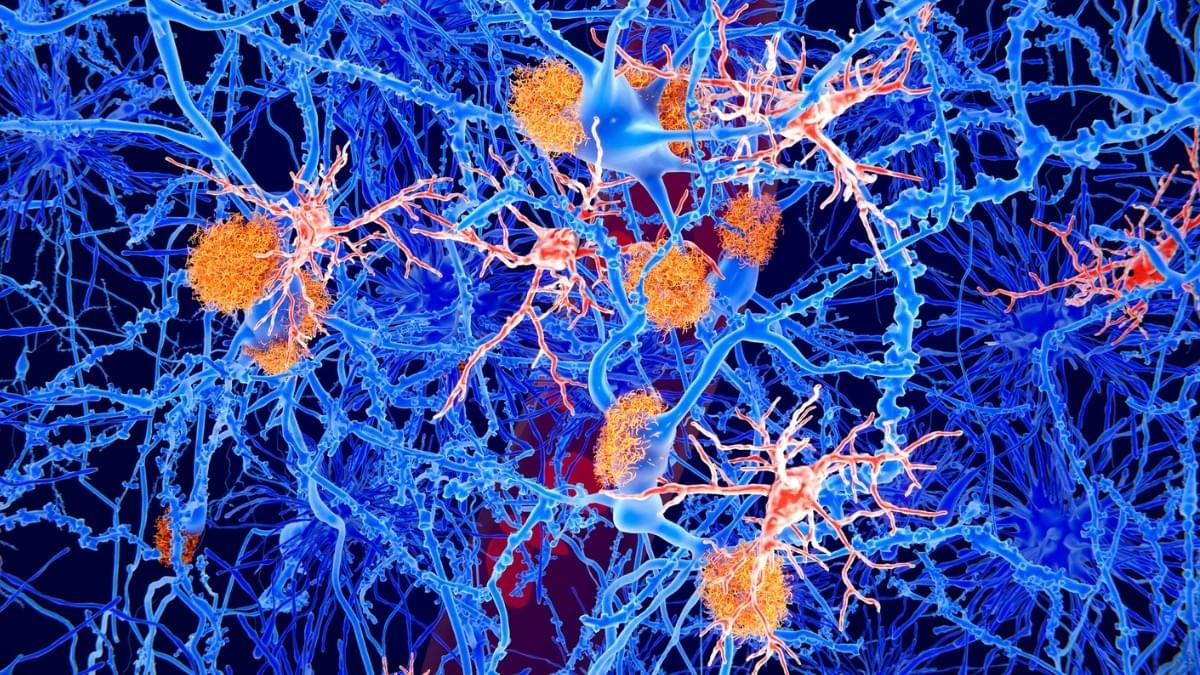
Specially engineered ‘young’ immune cells could help to reverse the effects of aging and the damage to brain cells caused by diseases such as Alzheimer’s, according to a new study in mice.
In their natural state, these immune cells are known as mononuclear phagocytes, and they flow around the body, cleaning up waste.
As we get older, however, these immune-cell cleaners get a bit sloppy, clearing away less cellular debris and triggering more inflammation than before. Inflammation and protein aggregation are features of many age-related diseases, including Alzheimer’s.
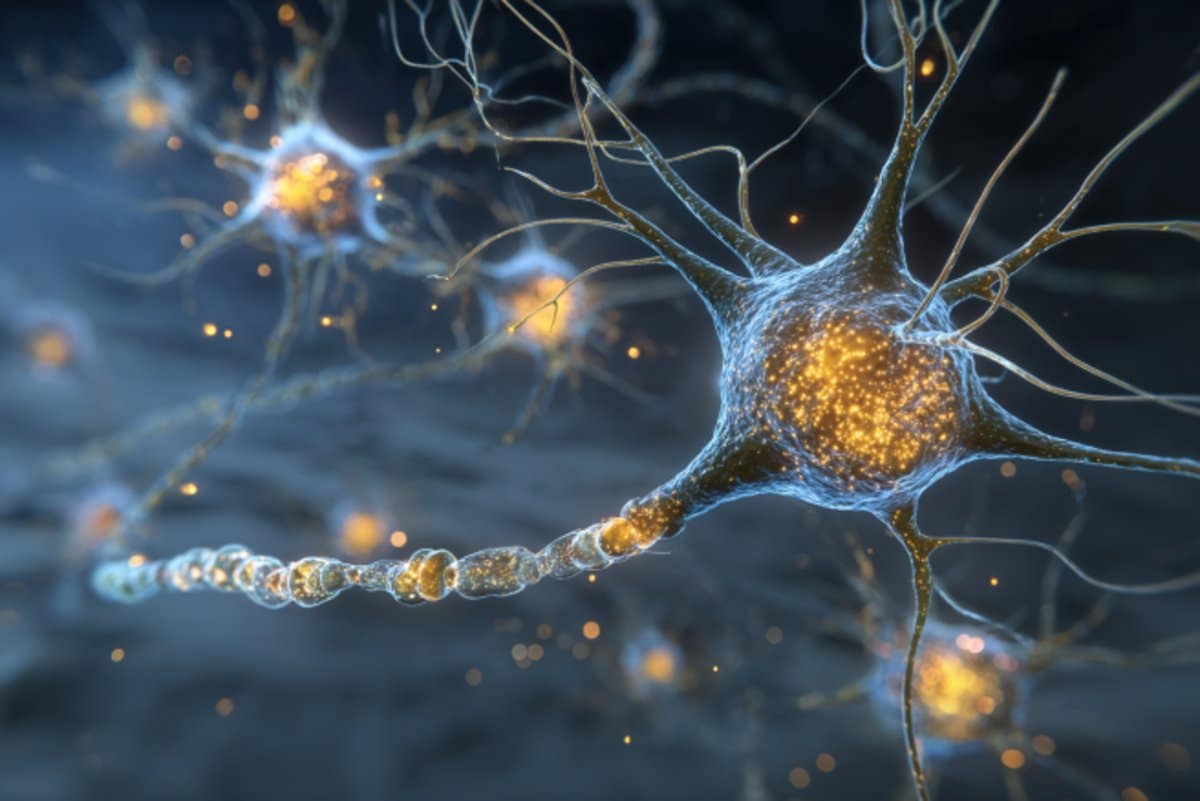
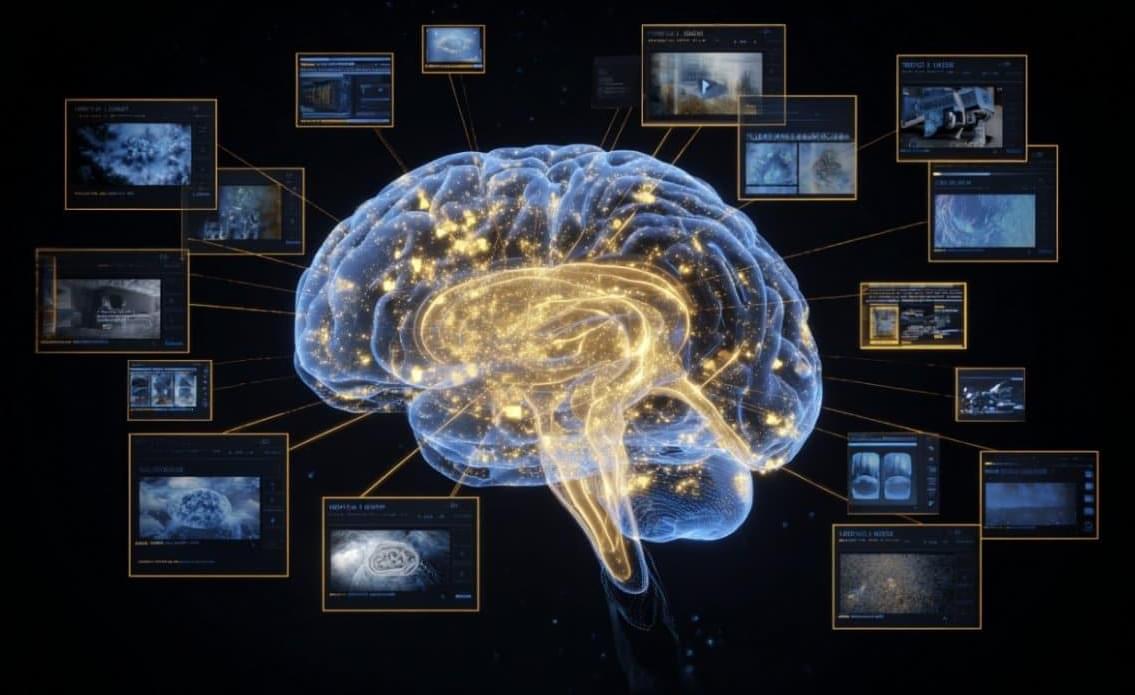
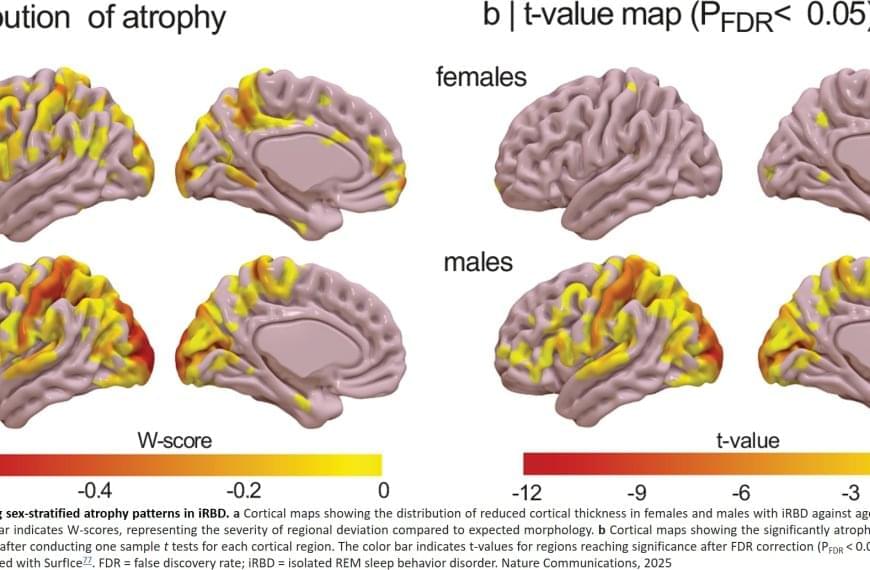
A large international study involving nearly 700 participants reveals that women with a precursor condition to Parkinson’s disease show significantly less brain atrophy—decreased cortical thickness in the brain—than men, despite similar clinical severity. This discovery, published in the journal Nature Communications, could lead scientists to explore the role that hormones might play in treating the disease.
Isolated REM sleep behavior disorder is characterized by violent movements during sleep, where people literally “act out” their dreams. Far from being harmless, this disorder is the most reliable early warning sign of neurodegenerative diseases caused by the accumulation of a toxic protein in the brain: more than 70% of affected individuals will eventually develop Parkinson’s disease, Lewy body dementia, or, more rarely, multiple system atrophy (a disease affecting multiple body systems).
“This sleep disorder offers a unique window of opportunity to study the mechanisms of neurodegeneration before major motor or cognitive symptoms appear,” explains the leader of this study.